 Negligence was not the cause of the collapse of a third World Trade Center tower several hours after the twin towers were destroyed in the Sept. 11 terrorist attacks, a federal appeals court said Wednesday, absolving a developer and others of responsibility in the destruction of the 47-story building.
Negligence was not the cause of the collapse of a third World Trade Center tower several hours after the twin towers were destroyed in the Sept. 11 terrorist attacks, a federal appeals court said Wednesday, absolving a developer and others of responsibility in the destruction of the 47-story building.
The 2nd U.S. Circuit Court of Appeals in Manhattan said it was “simply incompatible with common sense and experience to hold that defendants were required to design and construct a building that would survive the events of September 11, 2001.”
The 2-to-1 decision upheld the rulings regarding World Trade Center 7 by U.S. District Judge Alvin Hellerstein, who had written that the claims by the Consolidated Edison Co. of New York and its insurance companies were “too farfetched and tenuous” to survive. Con Ed and the insurance companies had claimed that a company owned by developer Larry Silverstein and other defendants could be held liable. Hellerstein had dismissed various defendants in a series of rulings.
The building fell at 5:21 p.m. on Sept. 11, 2001, nearly seven hours after the other buildings collapsed. A Con Edison power station beneath Tower 7 was crushed when the building fell.
Judge Rosemary Pooler wrote in the majority decision that Con Ed’s interpretation of liability would mean that those who designed and constructed the building would presumably be liable if it “collapsed as a result of a fire triggered by a nuclear attack on lower Manhattan.”
The judge wrote that while concepts that would allow an entity to pursue a liability claim “must, by their nature, be fluid, at the end of the day they must engage with reality.”
In a dissent, Judge Richard Wesley said a trial should have been conducted to at least establish from expert testimony why Tower 7 collapsed.
Con Ed had claimed negligence resulted in part because Tower 7’s tenants were allowed to install diesel backup generators.
The fuel burned for hours in the building after hijacked planes struck the two nearby towers, flinging debris into the smaller skyscraper. Con Edison had maintained that fuel from the diesel tanks heightened the fire’s intensity.
The fire department decided to let Tower 7 burn because it was unable to reach adequate water supplies, there were no people in the building and 343 firefighters had already been killed that day, the appeals court noted.
Lawyers on both sides did not immediately respond to messages for comment.
A new 52-story 7 World Trade Center was completed in 2006.
(AP)


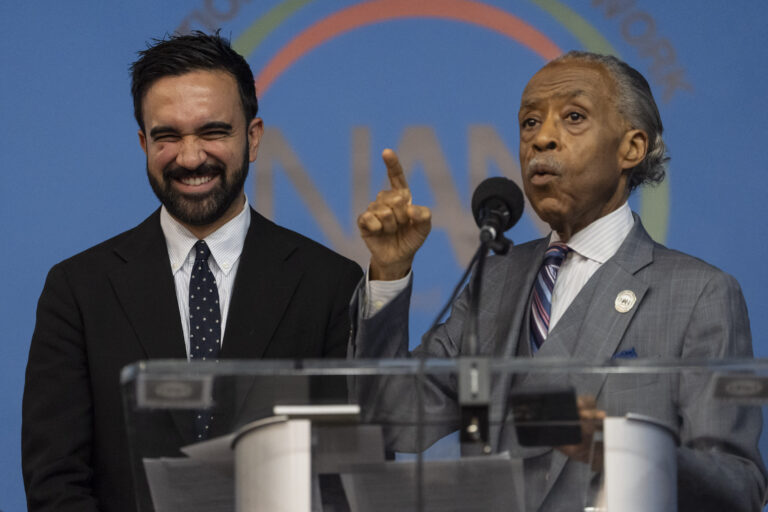

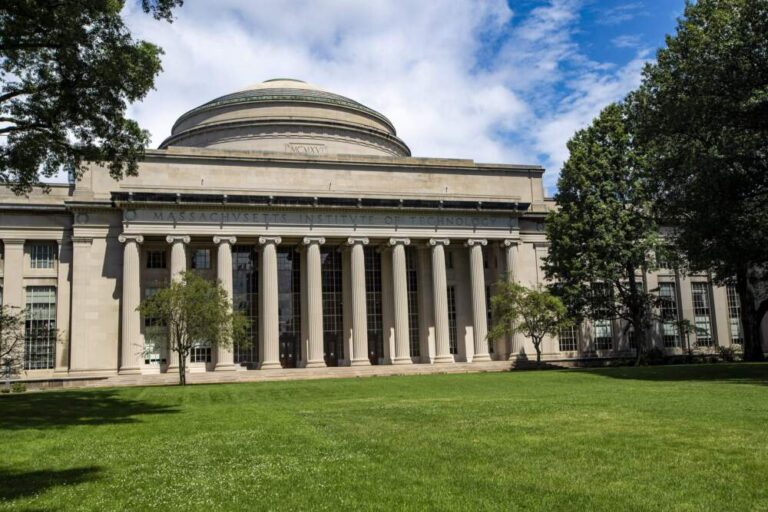
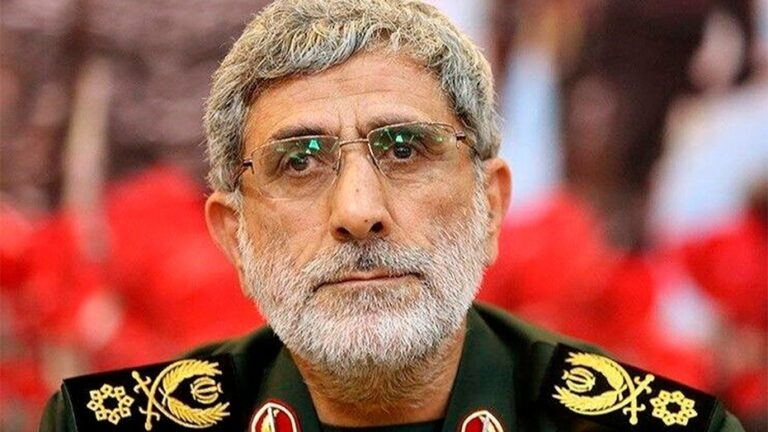
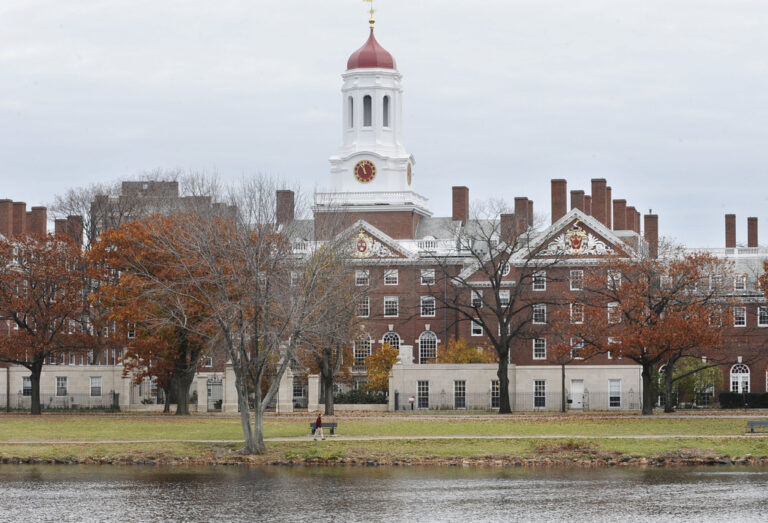

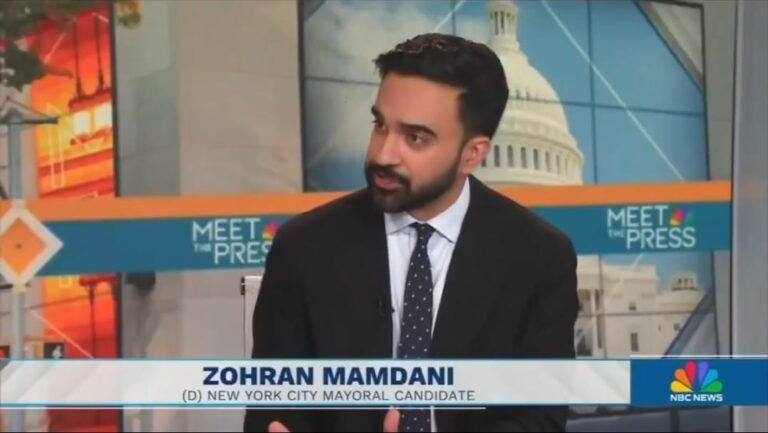
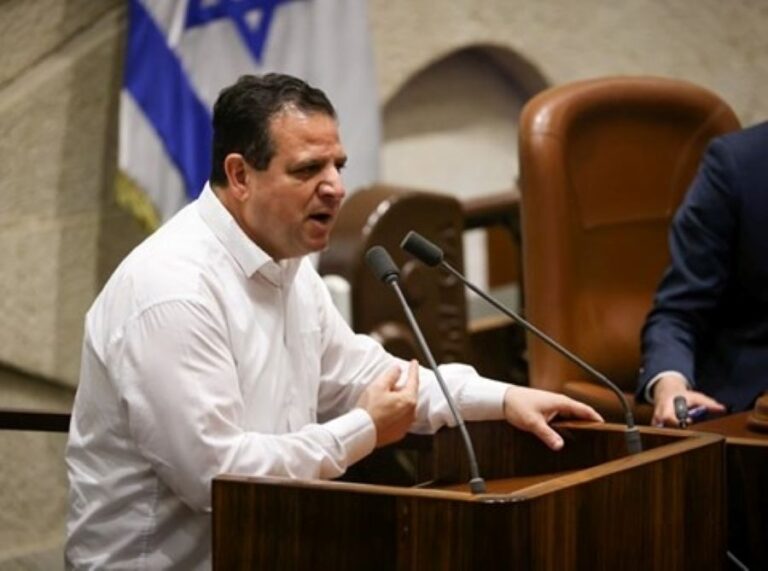

One Response
Dont you get by now that this was an inside job! Building 7 is not even on the same block as the twin towers and it collapsed in less then 10 seconds, seven hrs after the twins collapsed?! from what?